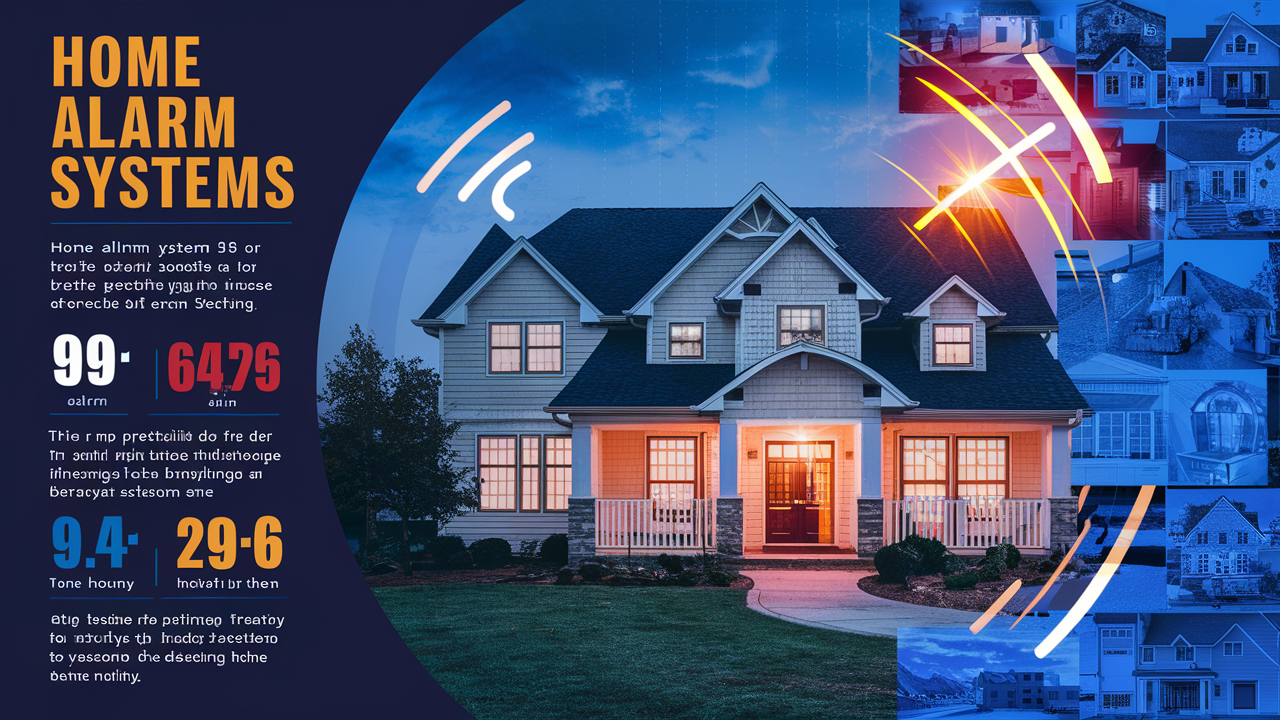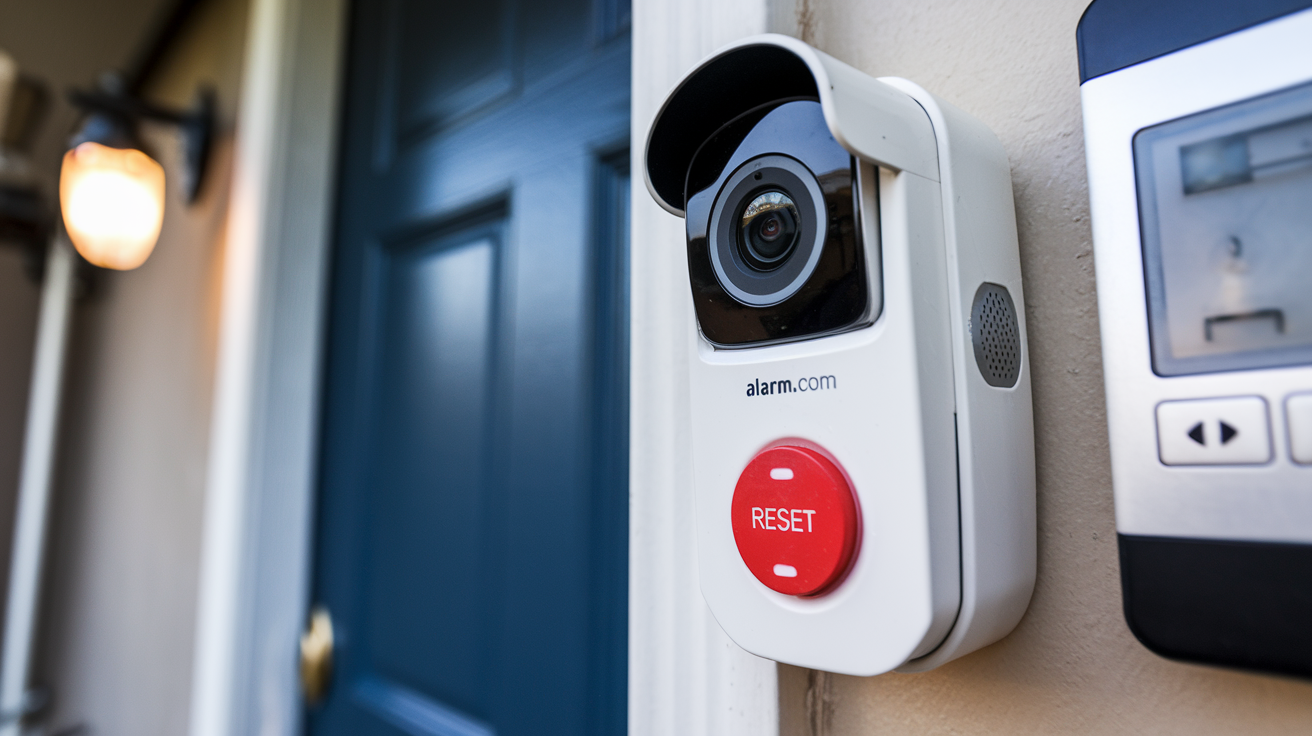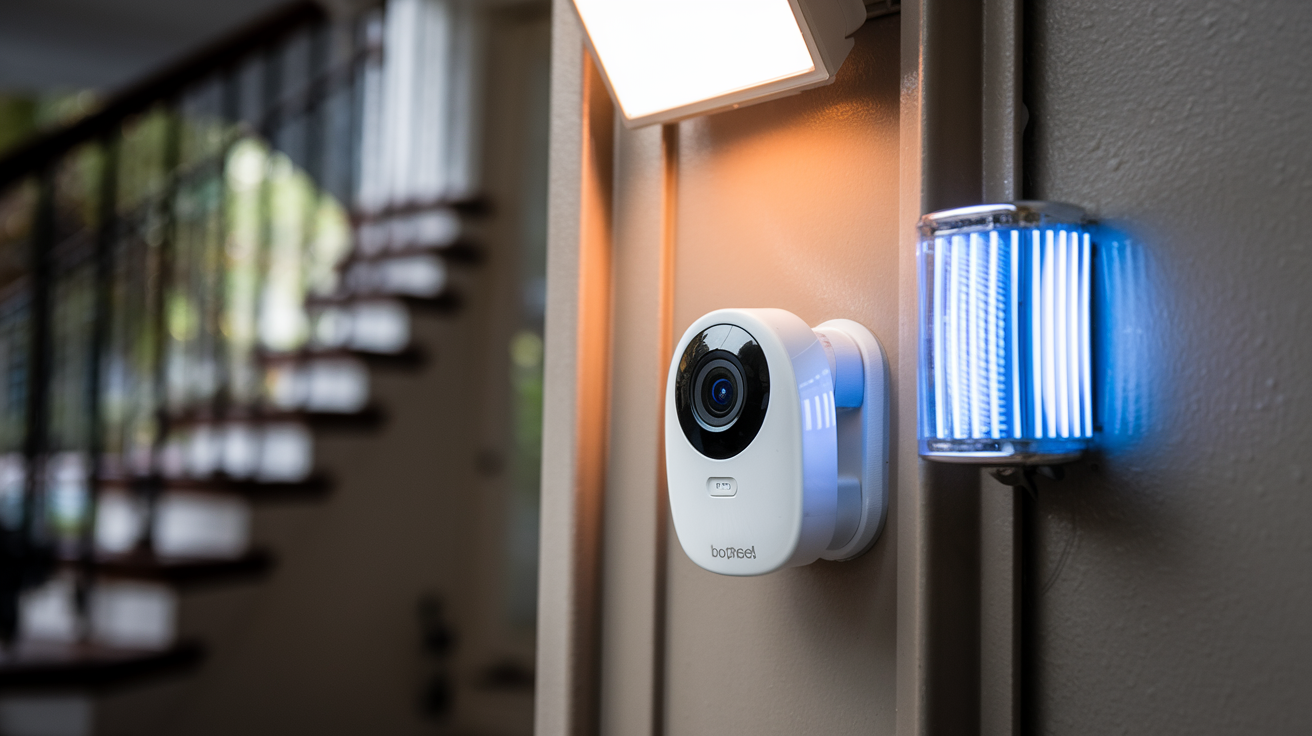Residents look for security systems to provide them with the much-needed security to protect their homes from other crimes such as break-ins. The emotions of fear and worry promote the acquisition of an alarm rather than relying only on rational evidence. At the same time, the sentiment of the increased safety can be much more valuable for some people than the actual numbers. However, most of people would like to know whether they should spend their money on monitoring and equipment to reduce the risks. The following are the reasons why there is a need to understand what protection home alarm systems can or cannot offer;
Simple alarms as opposed to supervised systems
The least complex kind of alarm just makes a loud siren or bell noise whenever anyone gets into an armed house. The noise it produces may chase an intruder away or alert neighbors to call the police. However, as a result of no live monitoring, no authorities are notified when this kind of self-contained system is triggered. Slightly higher-end models link to a monitoring service that alerts the cops immediately after the break-in is noticed. Contracted guards are also faster in dismissing false alarms to reduce the chances of police dispatches. Thus, the constant monitoring of one’s profession enables quicker responses to confirmed dangers. Monitoring fees do differ though and this adds up to several costs incurred in its use over the years.
How do break-ins occur?
The probability a simple sound-only alert will deter intruders depends to some extent on the real-life motives of burglars. Offenders who attempt to open doors in neighborhoods usually bolt at the slightest opportunity. However, organized crime groups to steal specific items of high value may continue with their mission even in the presence of loud disturbances. However, home invasion targeting occupants also often happens quickly with aggressive signals instead of sneak. Alarms of any type are silenced by some criminals under the influence of chemicals or having mental disorders. Therefore, even when house alarms blast at high pitch, they deter some would-be thieves but not the determined ones.
Weaknesses are still present in any system.
Property owners need to understand even the most complex systems with monitors and cameras together with two-way voice communication with central station have their weak points. As mentioned earlier, intelligent burglars prefer to go around these places plotting for any vulnerability they can use. They seek out second-story windows that are open or find out where the attics are located in the living areas. Criminals learn how to neutralize sensors or prevent signals from going through. The fact that user passcodes can be compromised also allows entry into a home without tripping alarms. But power failures, along with dead backup batteries, can turn even the best systems completely off. Thus, having high-quality equipment and paying close attention to the monitoring helps to fend off the average break-ins but there are gaps for smart criminals to use.
What do the general numbers suggest?
Research conducted by different scholars supports the notion that home alarm systems can help deter burglaries efficiently. Research carried out by the National Council for Home Safety and Security also shows that there is a about 50% lesser tendency of burglary in properties that are under proper surveillance. These figures do not differ based on whether the location is rural or urban in the country. When asked what turned offenders off, convicted thieves specifically identified noticeable alarm keypads and loud sirens as the reason not to target well-protected homes. The allure of quicker escape and reduced danger involved in attacking undefended targets in most cases deters exploitative burglars from alarmed residences. And it is seen that regions with a higher density of alarm systems get a disproportionately higher deterrent effect.
What about false alarms?
One challenge that police departments have when dealing with home alarm monitoring services is the incidents of false alarms. Most of these costly mistakes are due to faulty components, users and/or their errors, and possibly severe weather and small animals. So that ties up emergency personnel who respond to millions of false calls each year across the United States. For this reason, some jurisdictions today restrict the number of free false alarm responses. After a certain amount of time, property owners are charged directly for any more unnecessary officer visits. Hence, the installation of credible equipment and studying appropriate arming methods help minimize false alarms. That would enable quick response should the real break-ins occur one day in the future. Almost all monitoring companies offer consulting on models with low failure rates and guidance on how to avoid triggering them by mistake. And that maintains a good relationship between alarm users and the local police department.
Installers matter for reliability.
Security protection even in home protective wear is also at risk if not properly set according to site characteristics and user behaviors. Review an installer’s credentials beyond basic licensing and insurance before entering into contracts. Also, brand certifications obtained from factories show the current technical know-how about the products that are being developed. The better providers must also assess the risk at the location of the business concerning the points of entry, lighting problems, issues with landscaping, and interconnected doors that join the business via garages or basements. Free in-home walkthroughs should be used to assess installers before committing to any purchases. Alarm systems are delicate and need professional tuning to fit the homes and their efficiencies. It saves time and effort and gives one a clear picture of what to expect in the future.
In summary – benefits with some realistic caution
Responsible alarm systems at home without a doubt contribute to the protection against unlawful entry and theft as far as statistics are concerned. Sounds such as beeps, integration with other systems, and quick signals provide homeowners with something of value as compared to a home without protections. But expectations have to remain realistic to the fact that motivated criminals will go beyond barriers when pushed to. False dispatches remain problematic if the equipment is on the blink or if the owners make an error. However, the headline results bear in mind that alarm systems are designed for the majority that ensure their property and fortresses of refuge. Being cautious when shopping and using home protection equipment in the right manner helps in protecting households.







